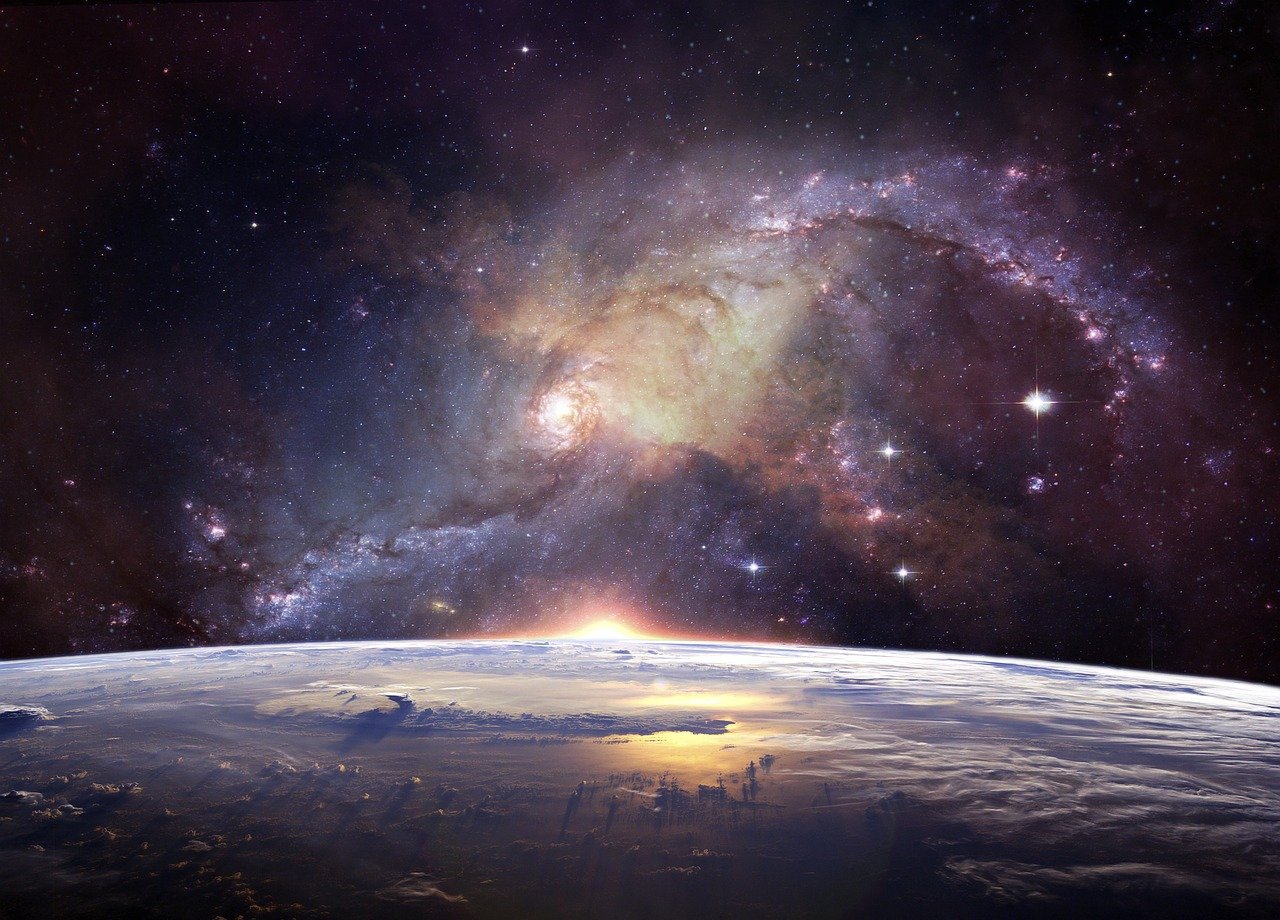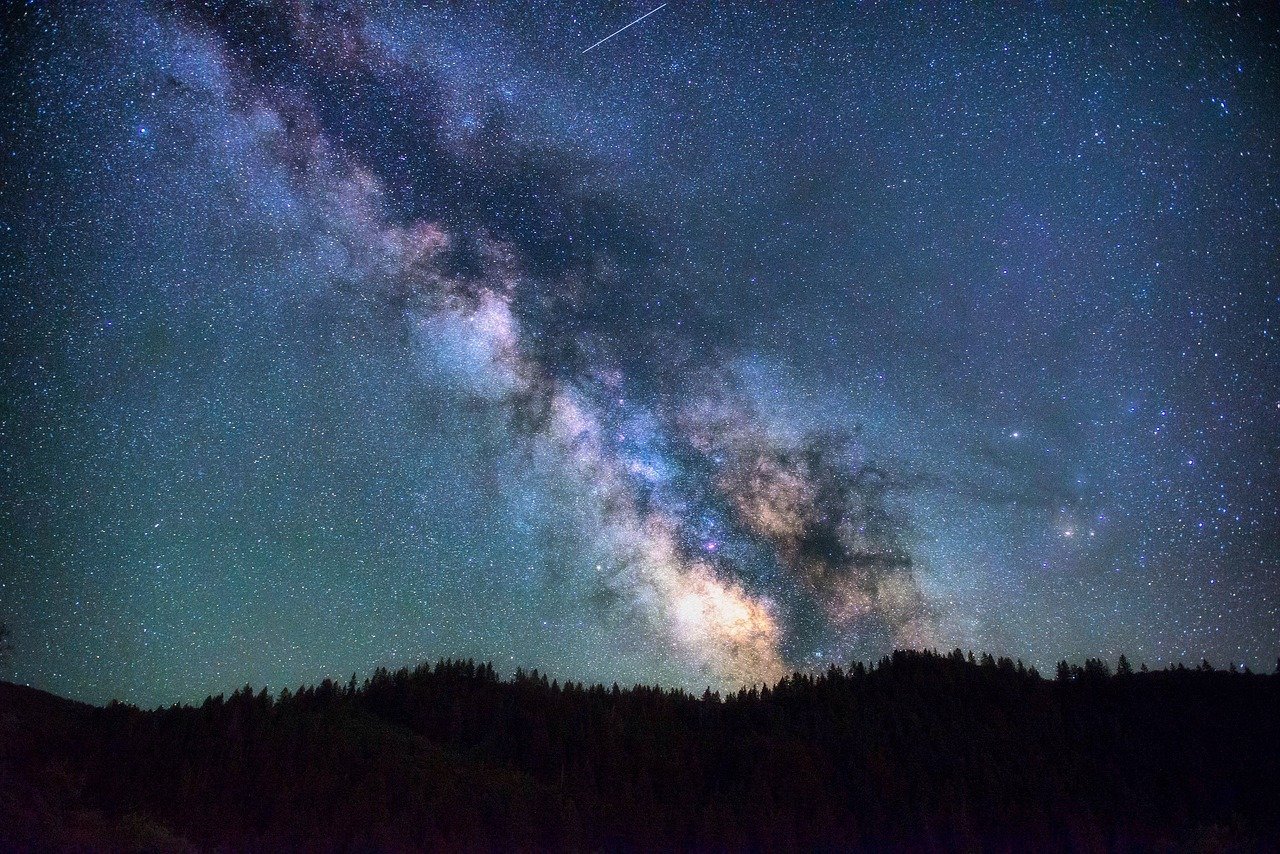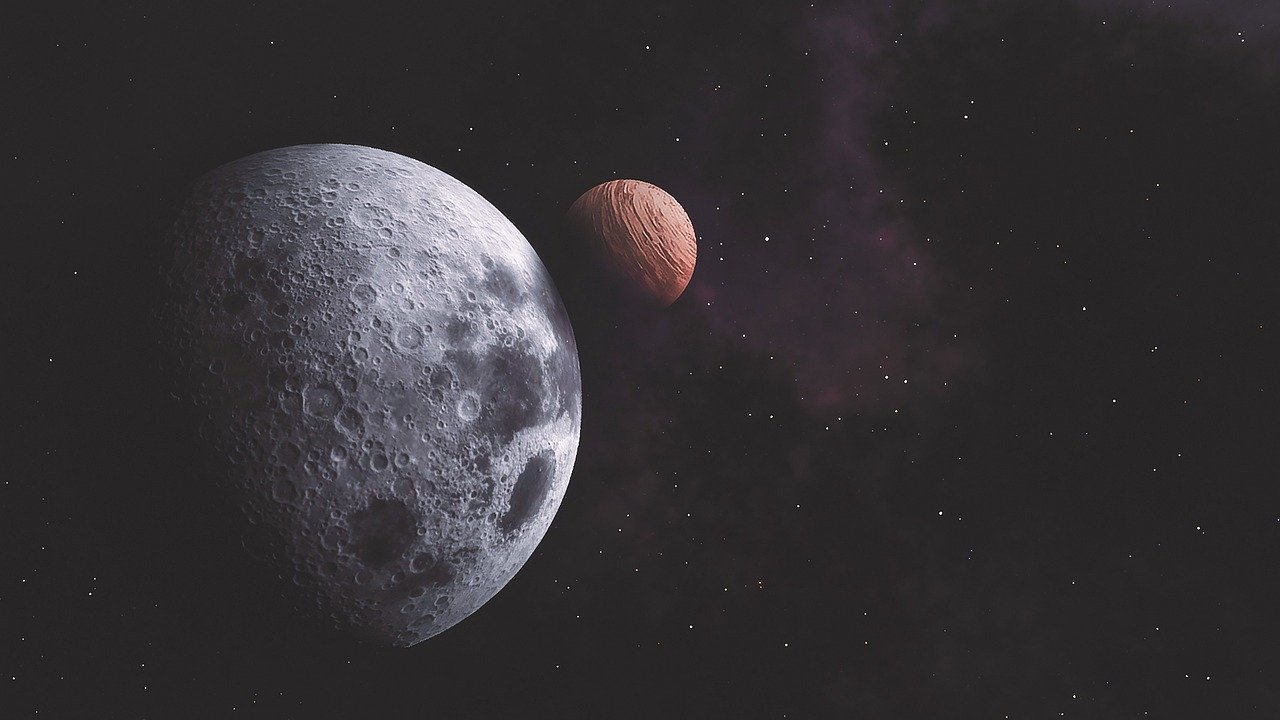
Our home is the planet Earth, which is part of our solar system. But where has our solar system vanished to? It’s only a sliver of the Milky Way Galaxy.
Galaxy Made by
Stars, interstellar gases and dust, plasma, and enormous amounts of unseen matter make up the galaxy, which is a supermassive system of gravitational forces. A typical galaxy has between 10 million and one trillion stars all revolving around a common center of gravity. Galaxies are made up of several cells in addition to single stars. There are clusters and several sorts of nebula in them. The majority of galaxies are a few hundred to a few thousand light-years in size, with distances between galaxies in the millions of light-years.
Invisible Objects
Invisible objects are responsible for 90% of the mass of galaxies, despite the fact that their existence and structure are still a mystery. Inside the galaxy, evidence of supermassive black holes has been discovered. Light plasma fills the intergalactic space. Within our observations, there are over a hundred billion galaxies.

You can see other stars in the Milky Way when you look up at the stars in the night sky. You can even see the dusty bars of the Milky Way spread across the sky if it’s truly dark, far away from the lights of cities and houses.
We are not alone, other countless Galaxies are there
There are, however, countless galaxies other than our own. There are so many that we haven’t even begun to count them all! They spent 12 days looking at a small piece of space and discovered 10,000 galaxies of various sizes, shapes, and colours. According to some physicists, the universe may include as many as galaxies.
It wasn’t until the early twentieth century that galaxies were discovered. Galaxies, on the other hand, have become a focus of astronomical research since then. This article reviews noteworthy advances and breakthroughs in the study of galaxies.

Shape, size and other features
Some galaxies, like ours, are spiral-shaped. They have curved arms that give it a pinwheel appearance. Others are smooth and oval-shaped galaxies. Elliptical galaxies are what they’re called. There are galaxies that aren’t spirals or ovals, as well. They resemble blobs and have uneven forms. The stars within each of these galaxies produce the light that we see.

Our Galaxy Collide
When galaxies approach too near to each other, they collide. Our Milky Way galaxy will collide with Andromeda, our nearest galactic neighbour, at some point in the future. But don’t be concerned. It will take around five billion years for it to happen. However, even if it occurred tomorrow, you may not notice.Because galaxies are so large and spread out at their ends, even when they collide, planets and solar systems seldom come near to colliding.
Galaxies differ in shape due to differences in the formation and evolution of the systems. Not only in form, but also in the amount of activity recorded, galaxies are incredibly diverse. Some are the birthplaces of massive stars, complete with blazing gas, dust clouds, and molecular complexes.
